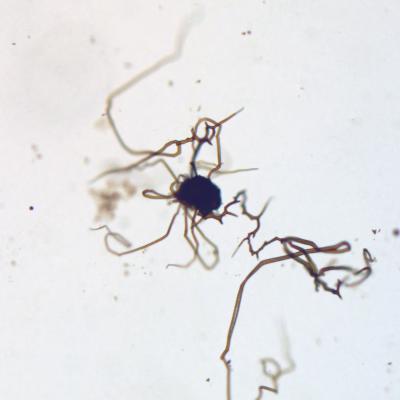As the search for life on Mars continues, new findings suggest structures once previously thought to be fossils, could instead, be mineral deposits from the Red Planet. If this proves to be true it could save a great deal of time and money in regard to future Mars missions.
This recent study, led by astrobiologist Sean McMahon from the University of Edinburgh, shows that those tiny little tubes and filaments that look like they could be from the remains of some creature, could, in fact, be structures made up of iron-rich minerals. If this is the case it would enable scientists to better distinguish between non-biological structures and fossils during the Mars missions. At the moment Dr. McMahon is in the process of developing such a technique.
Part of his research involved creating minuscule formations that mimic both the shape and chemical make-up of those iron-rich structures quite often found in old rocks on Earth. The way he did that was by mixing the iron-rich particles with silicate or carbonate-based alkaline liquids in a process known as chemical gardening.

CREDIT Sean McMahon
Findings from the study suggest that there is not enough sufficient evidence from the structure alone to confirm if the tiny life-like structures are fossils. Further research will need to be carried out to explain exactly how they were formed. “Chemical reactions like these have been studied for hundreds of years but they had not previously been shown to mimic these tiny iron-rich structures inside rocks,” said Dr. Sean McMahon. “These results call for a re-examination of many ancient real-world examples to see if they are more likely to be fossils or non-biological mineral deposits.”
